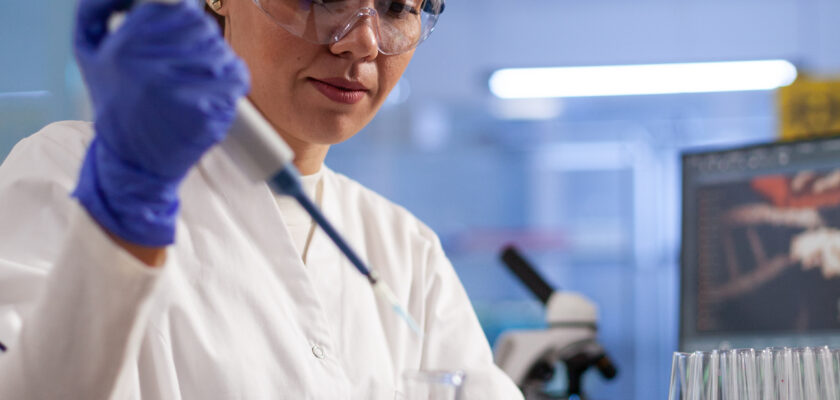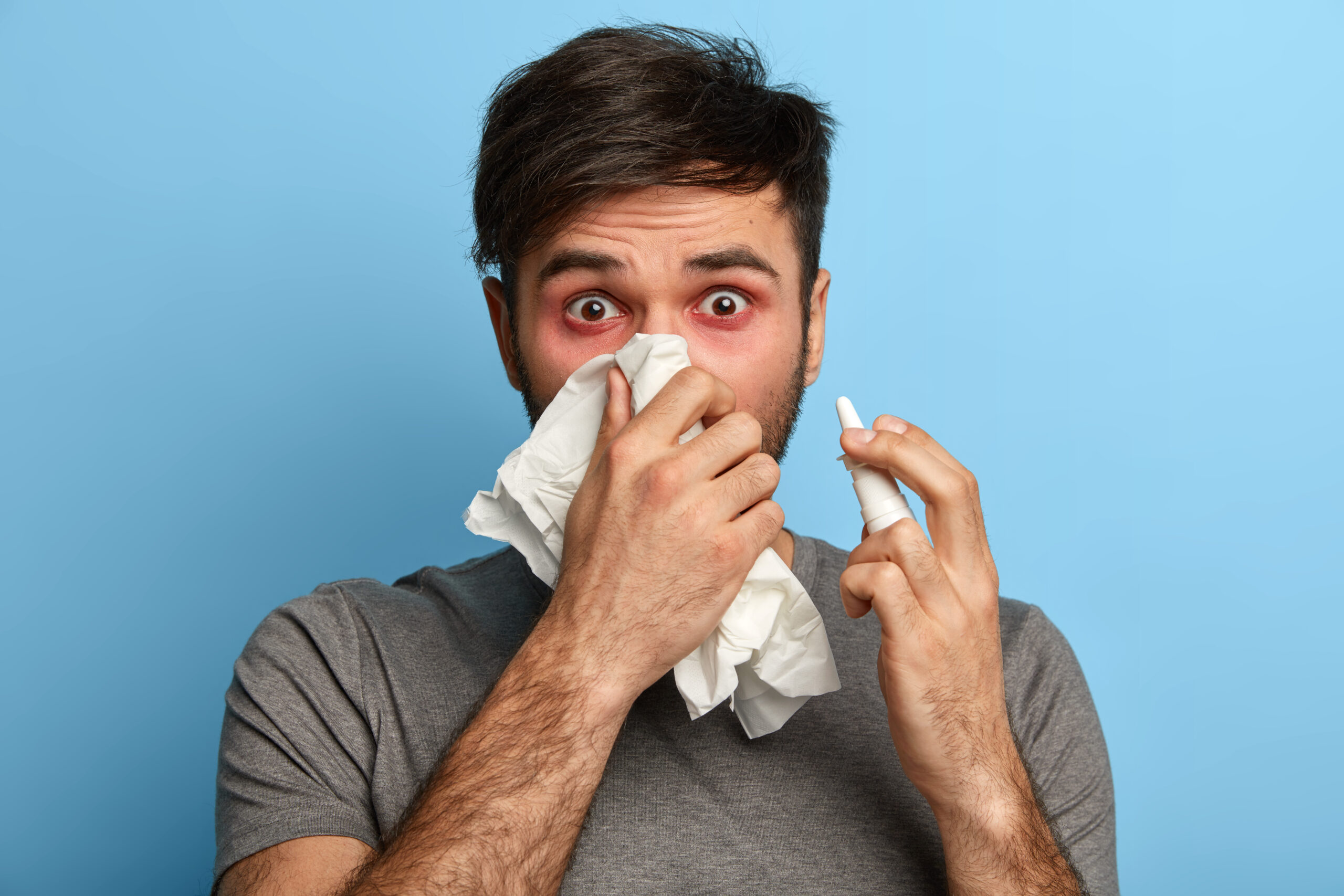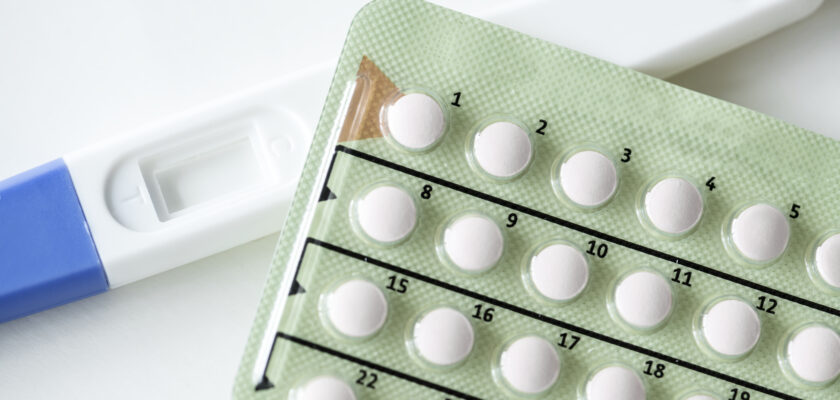Hemophilia is a bleeding disorder that affects thousands of males in the country. It is usually diagnosed at a young age, with the median age of diagnosis being 36 months for people with mild hemophilia, eight months for those with moderate hemophilia, and one month for those with severe hemophilia. This article will give you a meticulous understanding of the disease, including its causes and symptoms.
Types of hemophilia
“Clotting factors” are certain proteins in the blood that help in blood clotting. A person suffering from hemophilia lacks these proteins, which makes them bleed for longer compared to a normal person. Hemophilia is classified based on the type of clotting factor missing in the blood.
- Hemophilia A
Around 85% of hemophilia cases are of this type. It is characterized by the lack of clotting factor VIII in the blood. - Hemophilia B
Insufficient levels of clotting factor IX results in hemophilia B. The condition is, however, four times less common than hemophilia A. - Hemophilia C
Hemophilia C is caused due to the lack of clotting factor XI in the blood. Unlike the other two, hemophilia C affects both men and women equally.
Causes of hemophilia
Blood clotting is an important mechanism that prevents excessive bleeding. The cells in the blood gather around a wound site to form a clot, with clotting factors encouraging the clotting process. A deficiency of any of these factors results in hemophilia. The absence of clotting factors is largely due to inherited genes. A defect in the genes that determines how the body produces the various clotting factors causes hemophilia. The defective gene is located on the X chromosome. Females have two X chromosomes, while males inherit one X and one Y chromosome from their parents. Despite that, females don’t usually get hemophilia. This is because even if they have an altered gene in one of the X chromosomes, they have enough clotting factors in the other X chromosome to avoid bleeding issues. Males, meanwhile, only have one X chromosome, so they are more likely to suffer from the problem. Since the altered genes that cause hemophilia are present on the X chromosome, fathers cannot pass down the disease directly to their children. Both hemophilia A and B are caused due to this issue, although various other types of hemophilia might result from different reasons. Acquired hemophilia, for instance, occurs when the body’s immune system starts attacking the clotting factors in the blood. Pregnancy, cancer, and autoimmune conditions are possible factors behind the problem.
Symptoms of hemophilia
The symptoms of hemophilia vary depending on the level of clotting factor in your blood. The prominent ones are:
- Excessive bleeding from the smallest of cuts or injuries
- Deep bruises
- Bleeding gums
- Blood in the urine and stool
- Pain and swelling in the joints
- Frequent nosebleeds





